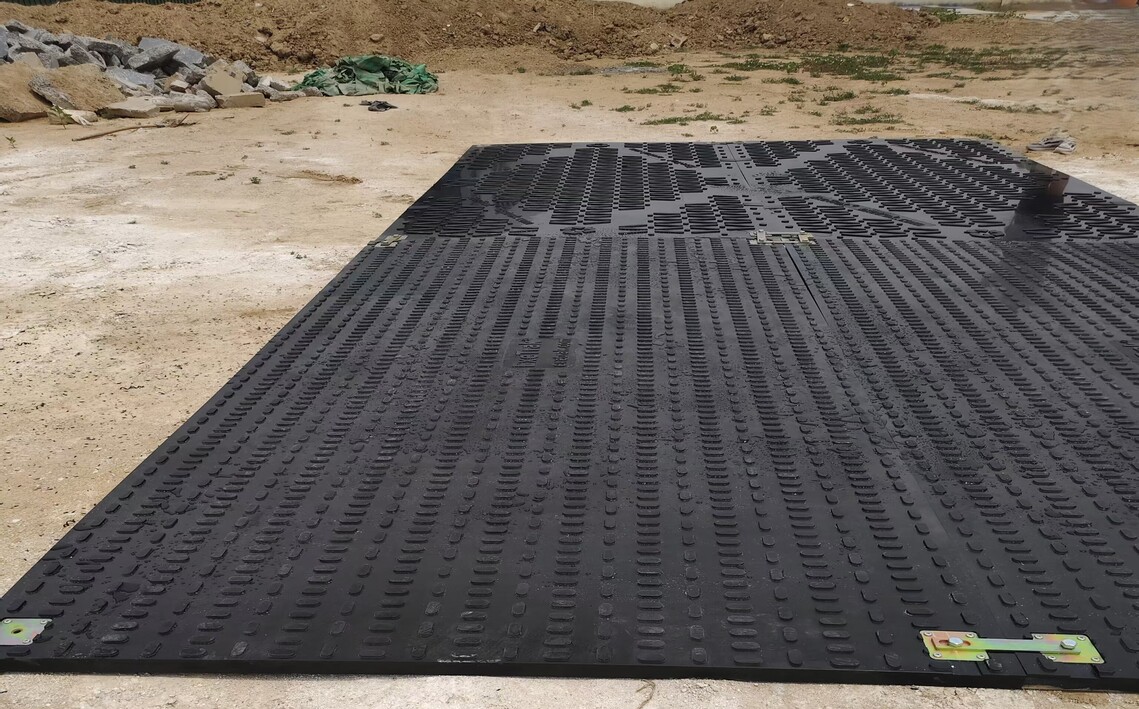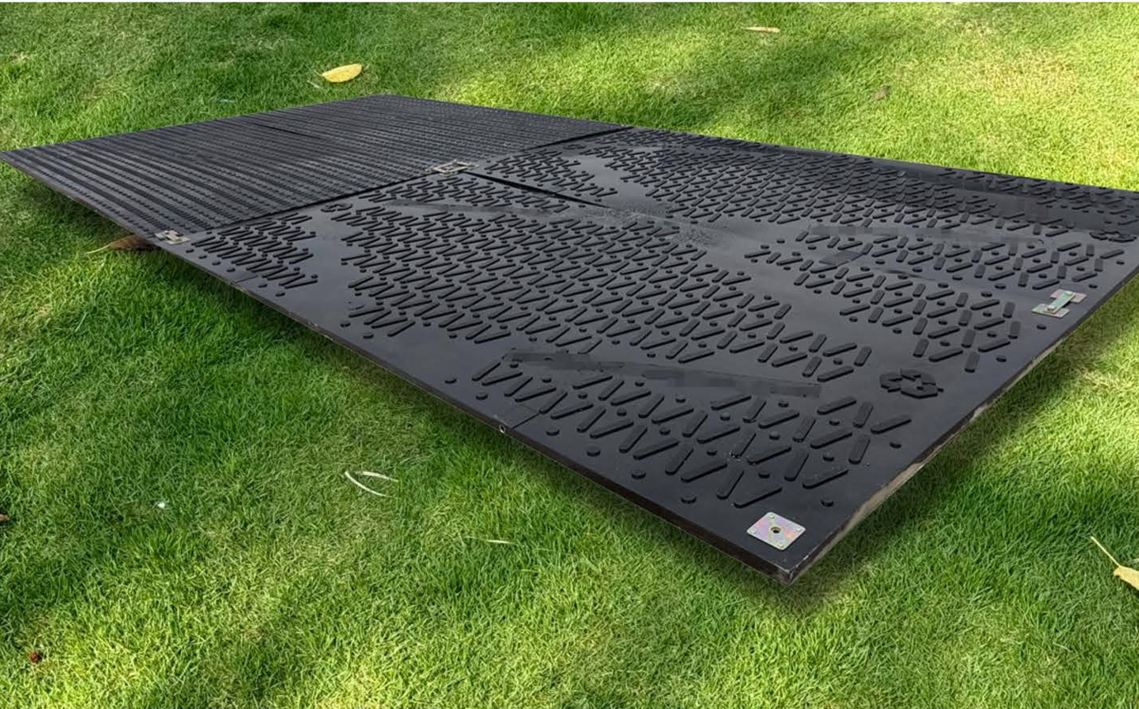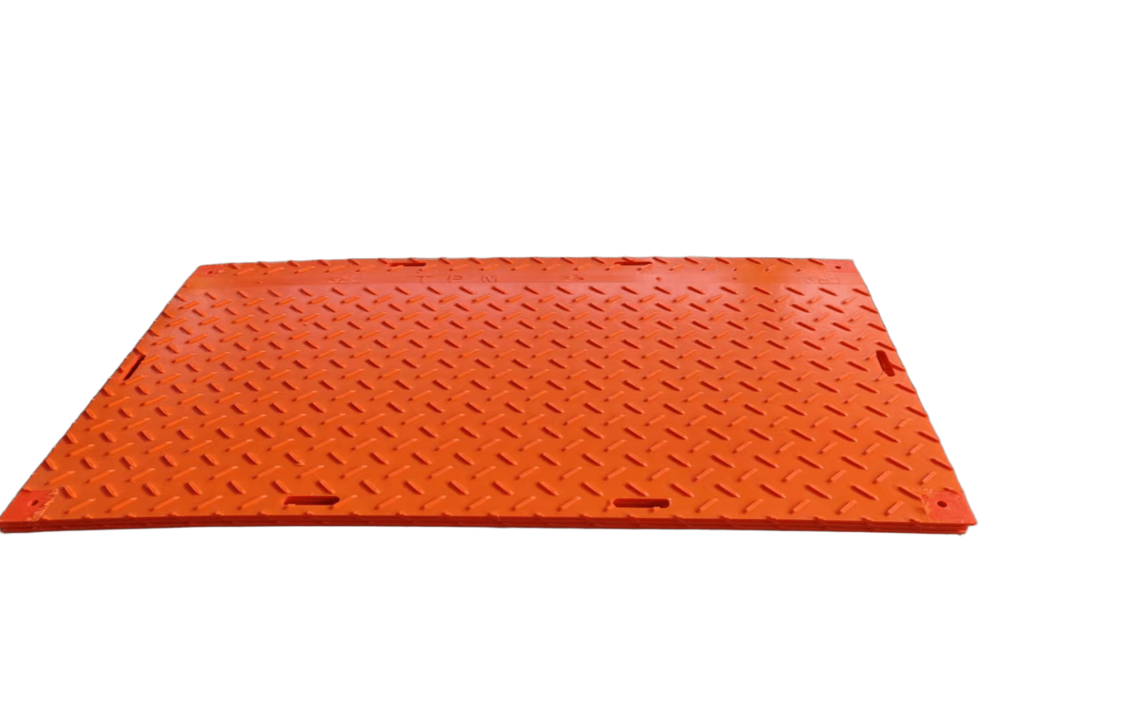TEMPLATE_START
Do Grounding Mats Really Work?
Grounding mats claim to improve health by reconnecting you to the Earth's natural electrical charge. But do they actually work?
Grounding mats work by simulating the Earth's natural electric charge, but evidence on health benefits is mixed.
Curious if grounding mats are worth it? Let’s explore the science, benefits, and potential downsides.
What are grounding mats, and how do they work?
Grounding mats are designed to mimic the Earth’s electric field, aiming to balance the body’s electrical charge. But how exactly does that work?
Grounding mats connect to the ground through a wire, allowing electrons to flow and potentially balance the body’s charge.
The Science Behind Grounding
Grounding mats are based on the theory of “earthing,” which suggests that direct contact with the Earth allows negative electrons to neutralize free radicals in the body.
| Theory | How It Works | Proposed Benefits |
|---|---|---|
| Earthing | Mats simulate Earth’s electric field | Reduces inflammation, improves sleep |
| Electrical Charge | Body absorbs negative electrons | Balances body’s electrical state |
| Free Radicals | Neutralized by negative charge | Reduces oxidative stress |
Studies have shown mixed results. Some research supports improvements in sleep and stress reduction, while others argue the effects may be placebo.
Do grounding mats actually improve sleep?
Many users claim that grounding mats help them sleep better. But is there scientific proof?
Some studies show that grounding mats improve sleep quality, but results are inconsistent.
What the Research Says
A small study found that participants who used grounding mats experienced better sleep and lower cortisol levels. However, larger studies are lacking.
| Study | Participants | Outcome |
|---|---|---|
| Small-scale study (2010) | 12 participants | Better sleep, reduced stress |
| Independent review (2015) | Meta-analysis | Inconclusive evidence |
The placebo effect may play a role, but users report feeling more relaxed and rested.
Can grounding mats reduce inflammation and pain?
Grounding mats are marketed as tools to reduce inflammation and chronic pain. But is there evidence to back this up?
Some studies suggest grounding reduces inflammation markers, but more research is needed.
Inflammation and Electrical Charge
The theory is that negative electrons from the Earth reduce oxidative stress and inflammation in the body.
| Condition | Reported Benefit | Scientific Support |
|---|---|---|
| Chronic Pain | Reduced pain levels | Limited evidence |
| Arthritis | Less joint stiffness | Small-scale studies |
| Muscle Recovery | Faster healing | Mixed results |
A few small studies support these claims, but large-scale, peer-reviewed research is still lacking.
Are there any risks or downsides to using grounding mats?
Grounding mats seem harmless, but are there any hidden risks?
There are no major health risks, but poor grounding and electrical issues can cause problems.
Possible Issues and Safety Concerns
- Electrical Interference – If the mat is not properly grounded, it may cause static or electric shocks.
- Allergic Reactions – Some users may react to the mat’s materials.
- False Claims – Misleading health claims can create unrealistic expectations.
Testing the mat’s grounding connection and checking for material sensitivity can help avoid these issues.
Conclusion
Grounding mats show potential for improving sleep and reducing stress, but scientific evidence remains limited.
TEMPLATE_END






